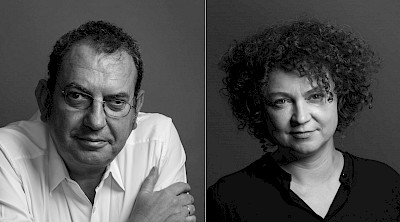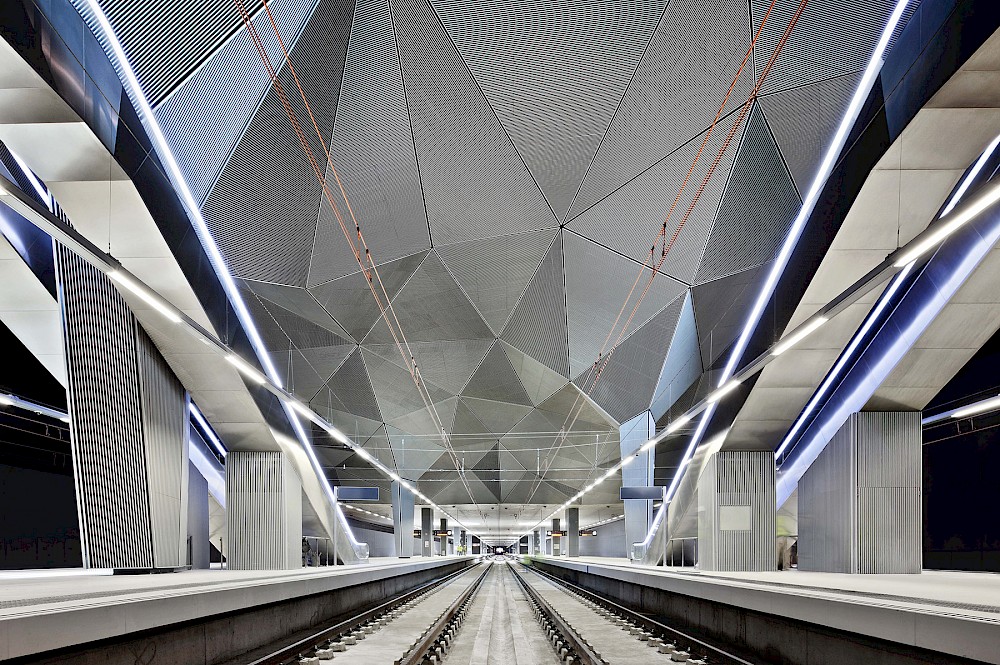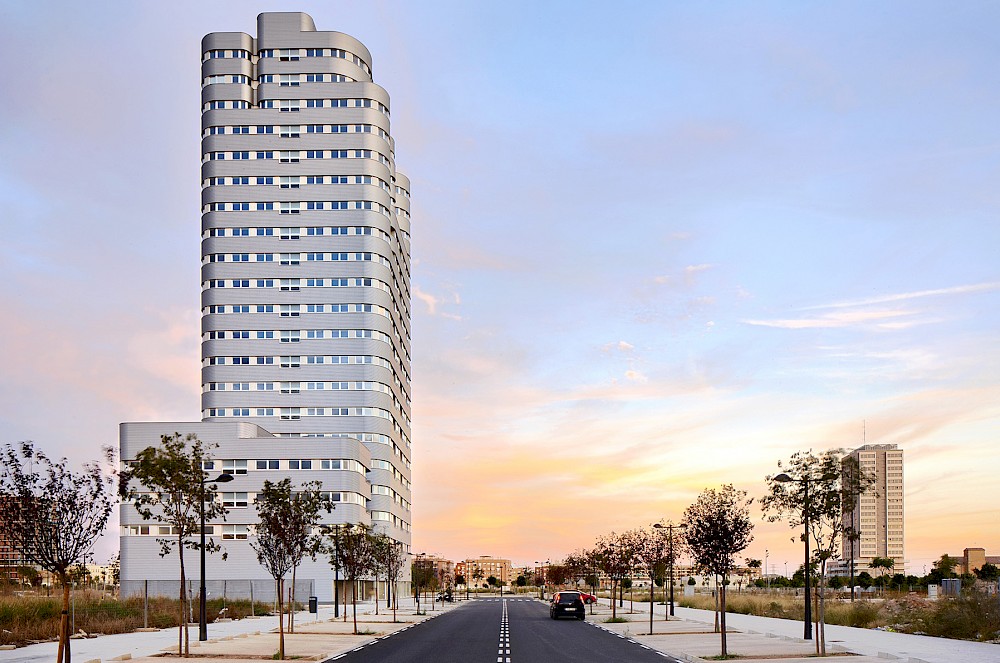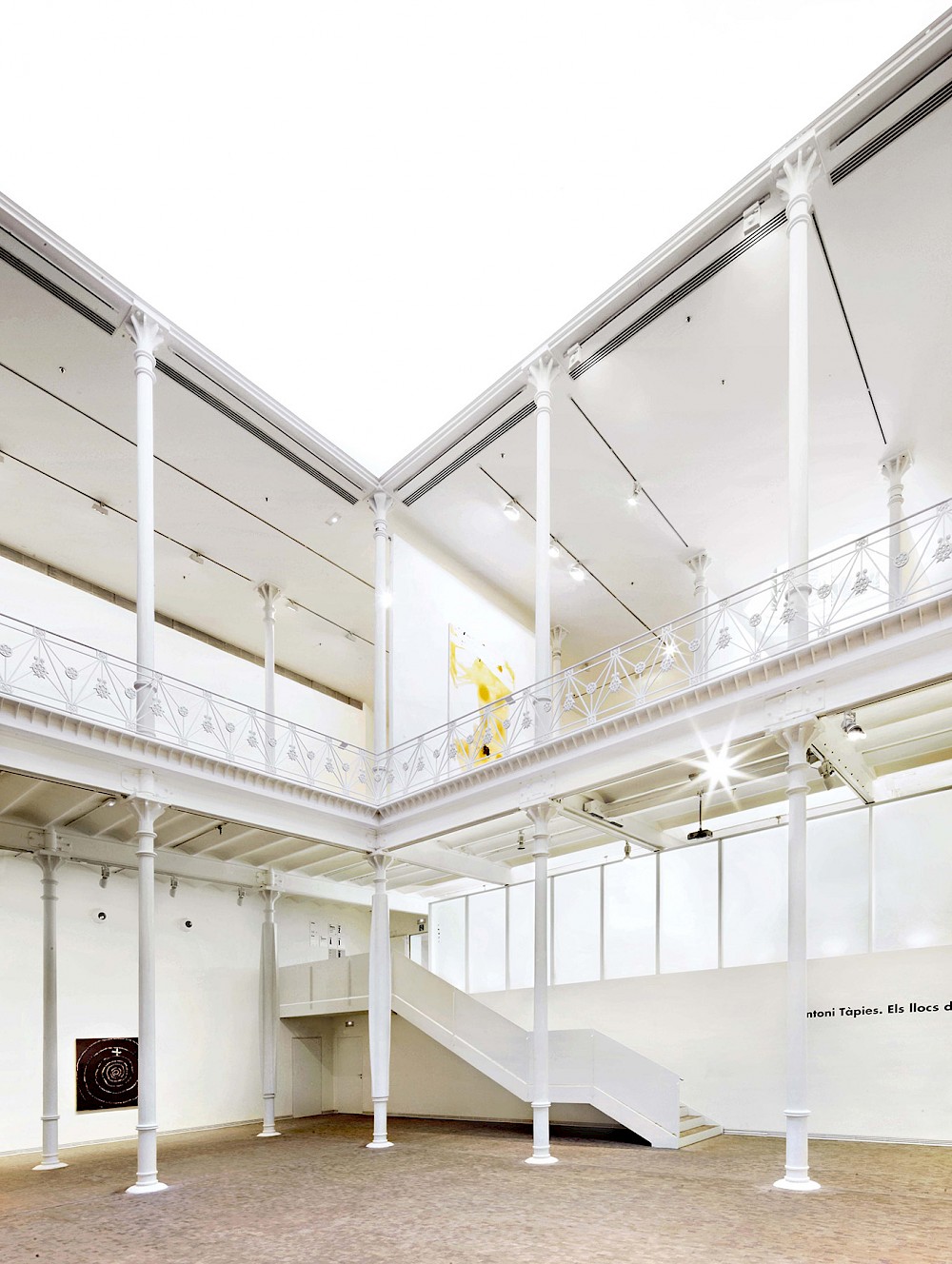BIENNIAL PROJECT
Planta Sorigué Foundation
The foundation launched by aggregate manufacturer Sorigué created their contemporary art collection in 2000. They recently engaged Ábalos + Sentkeiwicz to design their new PLANTA museum on their former gravel quarry site in Lleida. The design redistributes the stone of the site into the construction of their building, an action that gestures towards the post 1970s redevelopment of industrial sites into cultural institutions. For Ábalos + Sentkiewicz the relationship of PLANTA to the surrounding environment references this history; they describe the building as a “thermal machine,” meaning that their architecture is an adaptive system with a building envelope that can be operated by the inhabitants; it mediates with the environment’s humidity, solar heat, and geothermal temperatures to produce sustainable and optimal climates for use. Ábalos + Sentkiewicz’s metaphor of the machine touches on the ongoing tension between the intertwined natural and technological categories in industrializing culture. It is precisely this overlap between the things once considered of-nature and the things falsely separated out as culture, technology, and science that Ábalos + Sentkeiwicz highlight and reorganize in their building. The installation is accompanied by photography by Armin Linke who documented the massive quarry site in 2012.
BIO
Ábalos+Sentkiewicz is an international architecture office settled in Madrid, Spain; Cambridge, U.S.; and Shanghai, China. It is directed by Iñaki Ábalos and Renata Sentkiewicz. Iñaki Ábalos and Renata Sentkiewicz have taught in prestigious universities such as ETSAM, Harvard University Graduate School of Design, Architectural Association, Columbia, Cornell, and Princeton, thereby combining academic, professional, and research activities. Iñaki Ábalos is Chaired Professor at ETSAM – Spain as well as Professor in Residence and Ex-Chair of the Department of Architecture at Harvard University Graduate School of Design. The work of Ábalos+Sentkiewicz is internationally recognized, having been the subject of fifteen individual exhibitions and many collective exhibitions in some of the most prestigious centers such as AA, London; Pavillon de l’Arsenale, Paris; MoMA, New York City; and the Biennale of Architecture of Venice. This prestige also reflects in the forty awards received in architecture competitions. Another forty-five awards have been given to different research and design activities, eighteen of them to built works by the firm.






